Park & Oak is fortunate to work on projects ranging from new build to century-old historical homes, and everything in between. One of the features we love most about the older homes we renovate is the existing millwork, whether in the form of molding, paneling, trim or casings. We often bring these elements into new build homes to echo the character and elegance of a historic or older home.
We could fill pages on the various styles of millwork, so this time around we’ll focus on five common types of wall molding and show some ways we have used it.
Applied Molding
Wall molding and paneling was common in home construction long ago in part because it helped protect plaster walls from moisture build-up when easy temperature control was not available. So, in addition to providing visual interest, wall moldings served a functional purpose. Often today, millwork is used for primarily aesthetic reasons, and because of this, applied molding has become very popular. Applied molding, like that featured in the two photos below, allows us to give a home the visual effect of molding, without the necessity of full panel millwork to protect walls. When used in a new build home, these applied moldings offer a subtle way to make a big impact, and bring a layer of tradition to a new space.
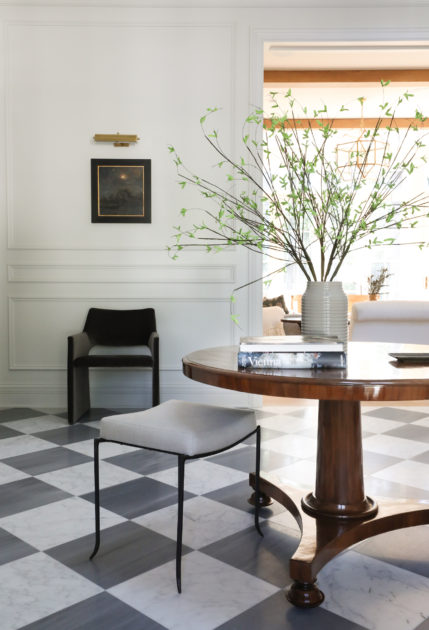
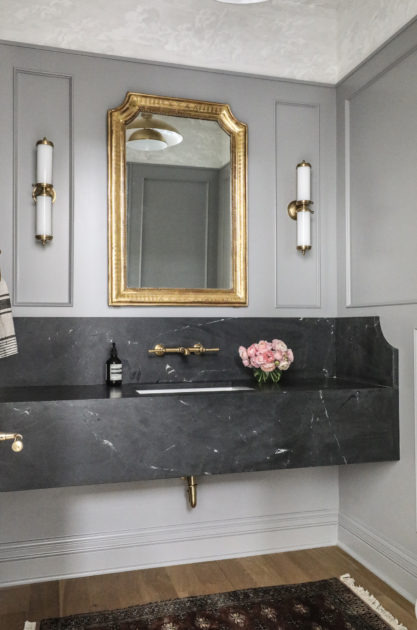
Beadboard
A type of vertical panel molding, original beadboard were narrow wood tongue-and-groove pieces with a beaded detail milled into the space where the pieces joined together. Historically, beadboard was used to provide additional insulation, and appeared often in kitchens, on porch ceilings and in hallways. Changes in the weather meant the boards would expand and contract with the seasons–the beads bridged the gaps with a pretty detail when the boards were expanded. Beadboard’s frequent appearance in New England cottages eventually made it ubiquitous in cottage-style designs, but we believe with the right treatment it can be at home in any fresh, classic interior. Beadboard is often used in wainscoting, which is a general term for panels or moldings covering the lower part of a wall.
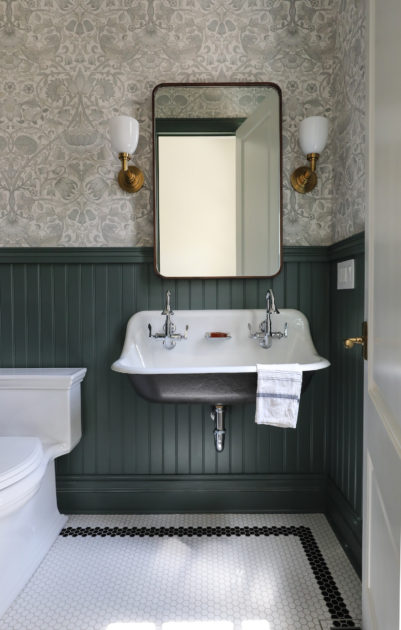
Board and Batten
This is a clean, slightly more modern take on wall moldings. It consists of a regular pattern of wide molding (“battens”) used to cover the seams of the panels (“boards”) beneath. In an interesting juxtaposition, board and batten was historically most common as an exterior siding style for country homes and churches. However, when designers began adapting it for interiors, it took on a new life, and is now a welcome way to bringing freshness to interior millwork.
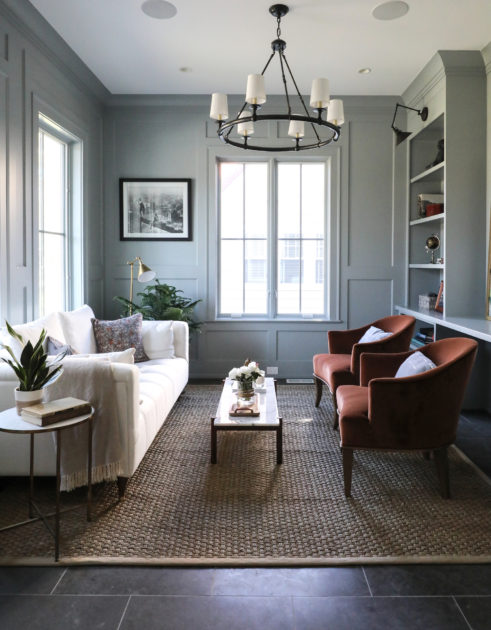
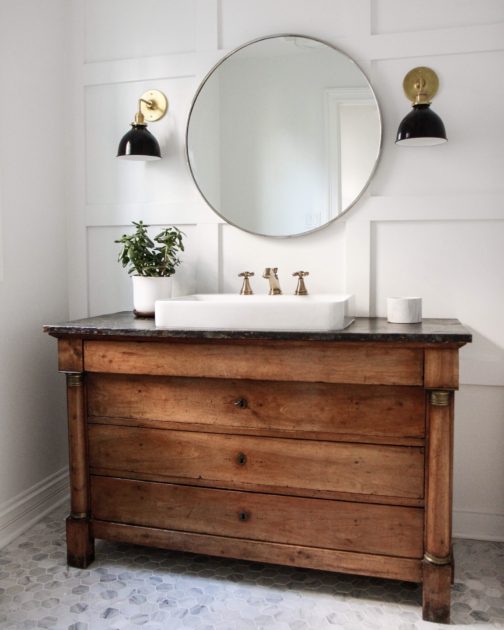
Raised Panel Molding
With panel molding, we create layers using a series of panels, stiles and rails in different sizes and configurations. Used commonly in formal, historic homes for wainscoting, panel molding provides true protection to a wall, so we like it in spaces that see a lot of traffic, like a powder room, or in areas of the home where furniture may frequently bump up against the wall, like a dining room, or cocktail room. Raised panel molding is also a striking way to accentuate architectural details like a fireplace, doors, or windows.
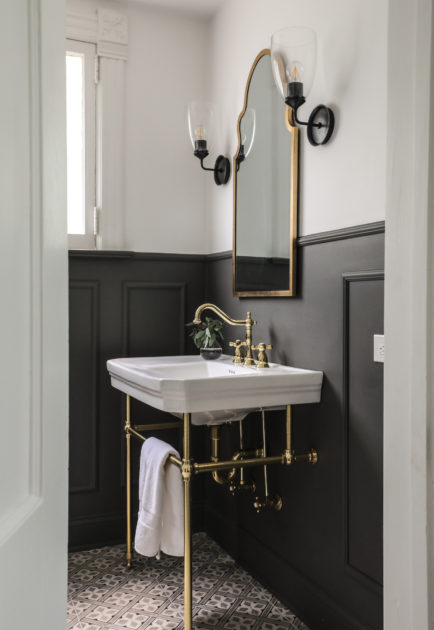
V-Groove Molding
V-Groove molding is a style of tongue-and-groove molding, generally seen used with wider planks. As with any molding, other choices throughout the space can dial up or down the drama, so while V-Groove molding is sometimes associated with more informal interiors, it can still be elegant or striking. We like it in full wall applications for smaller spaces like a bedroom, or bath.
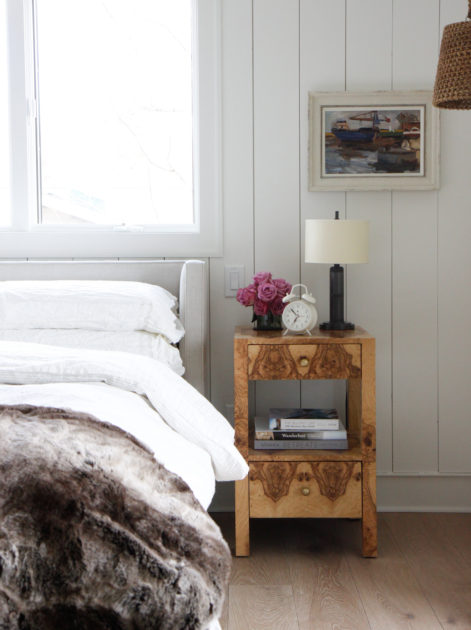

Below, see some additional ways we’ve used wall moldings to elevate new spaces, or highlighted the molding in an older home to resurrect its wow factor. It’s a minimal effort, maximum effect method to make a big impact in a home.
Wall Molding at P&O
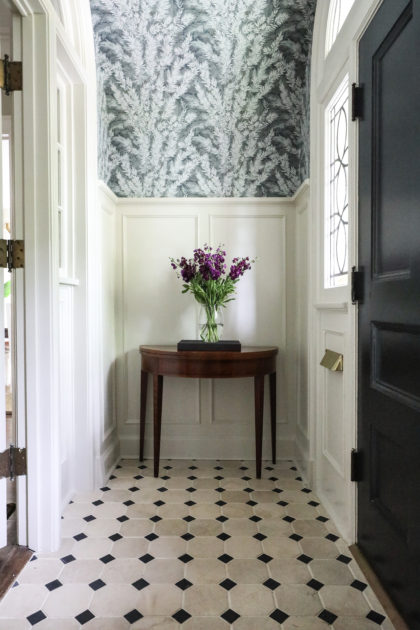
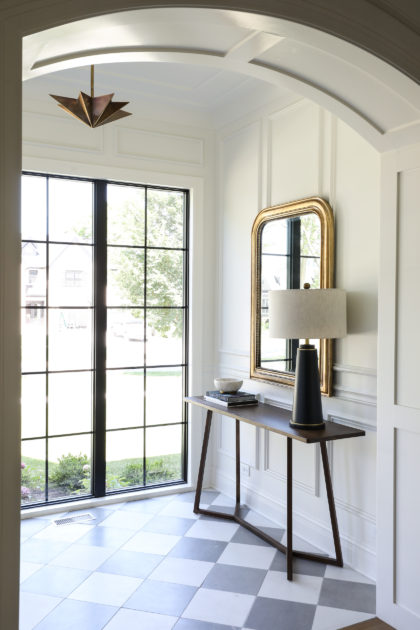
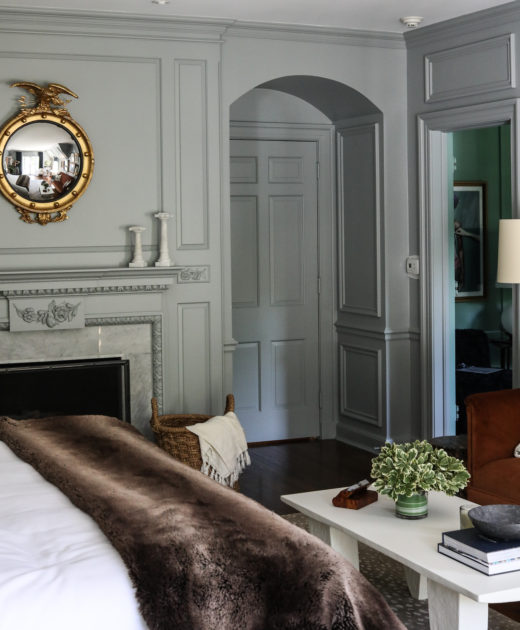
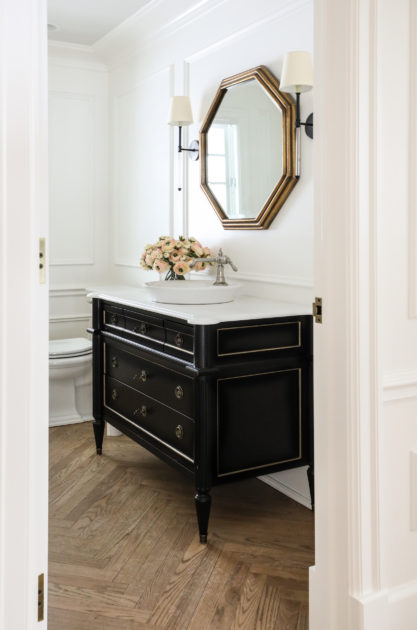
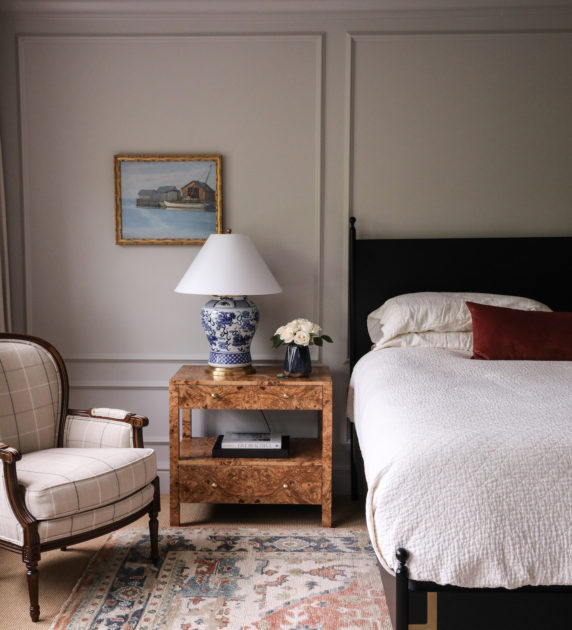

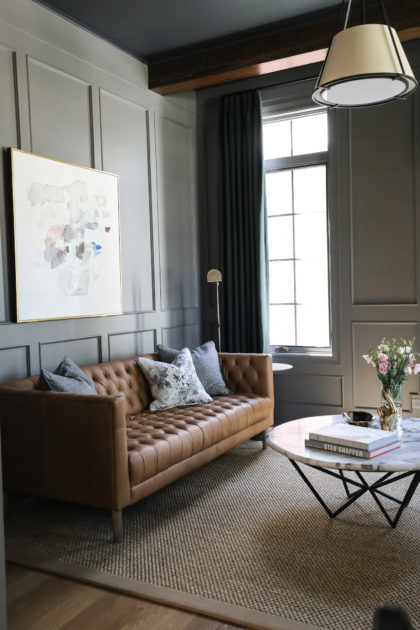
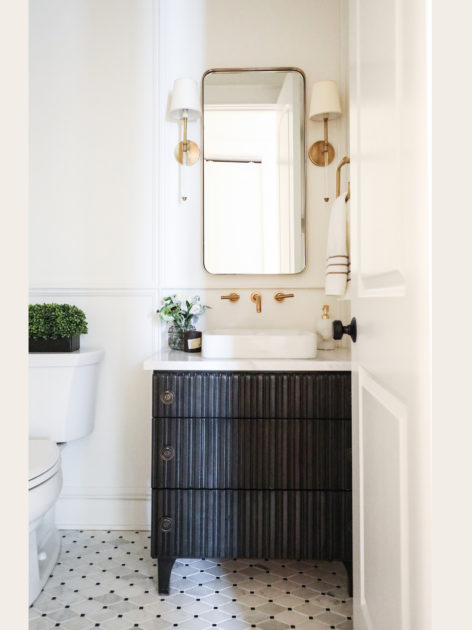
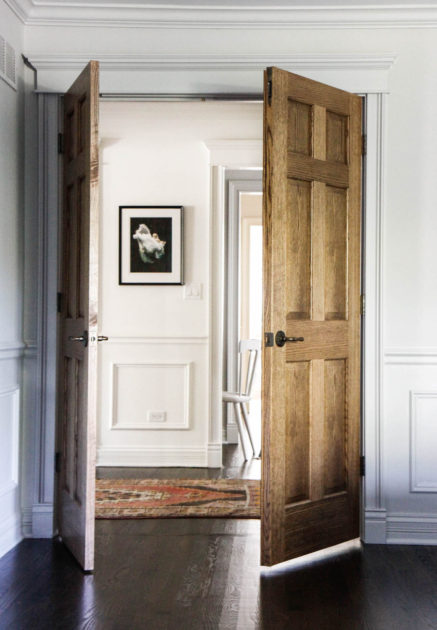
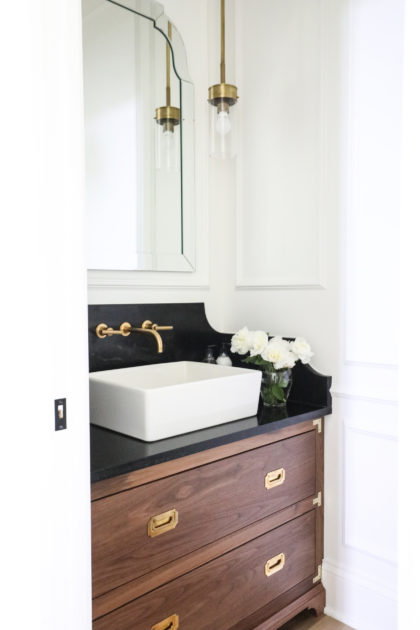

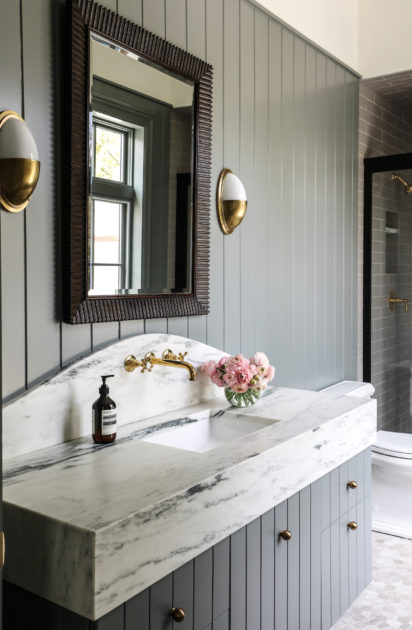
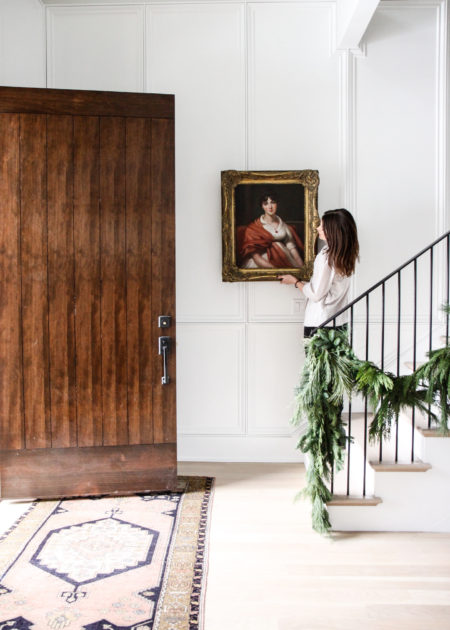
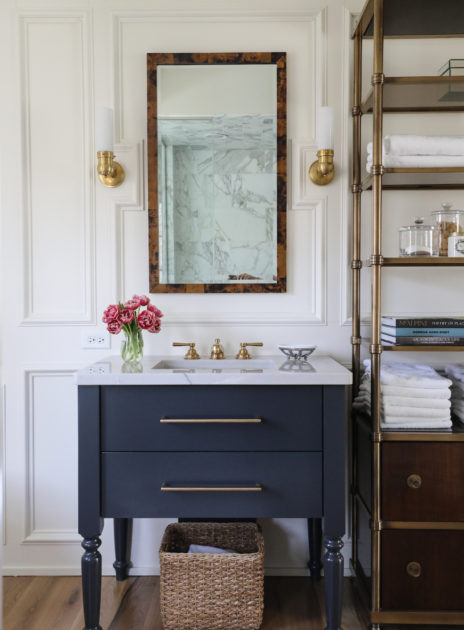
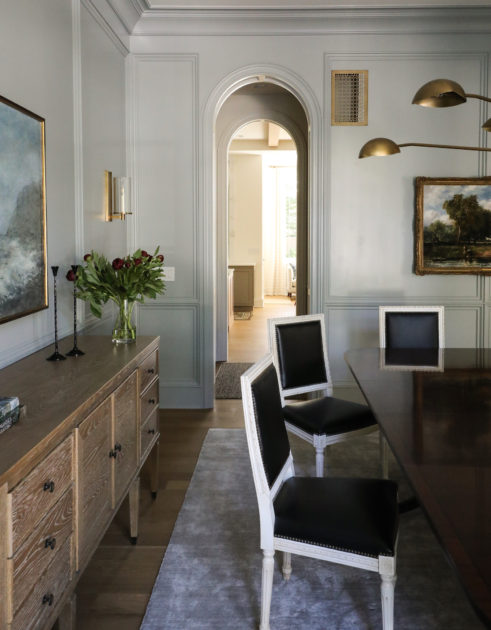
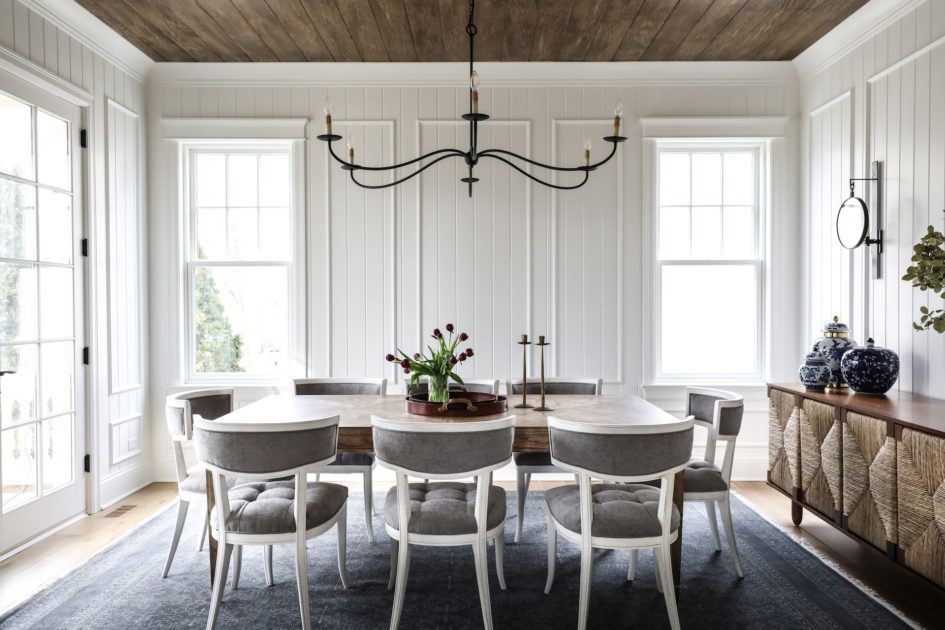
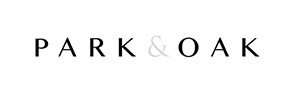
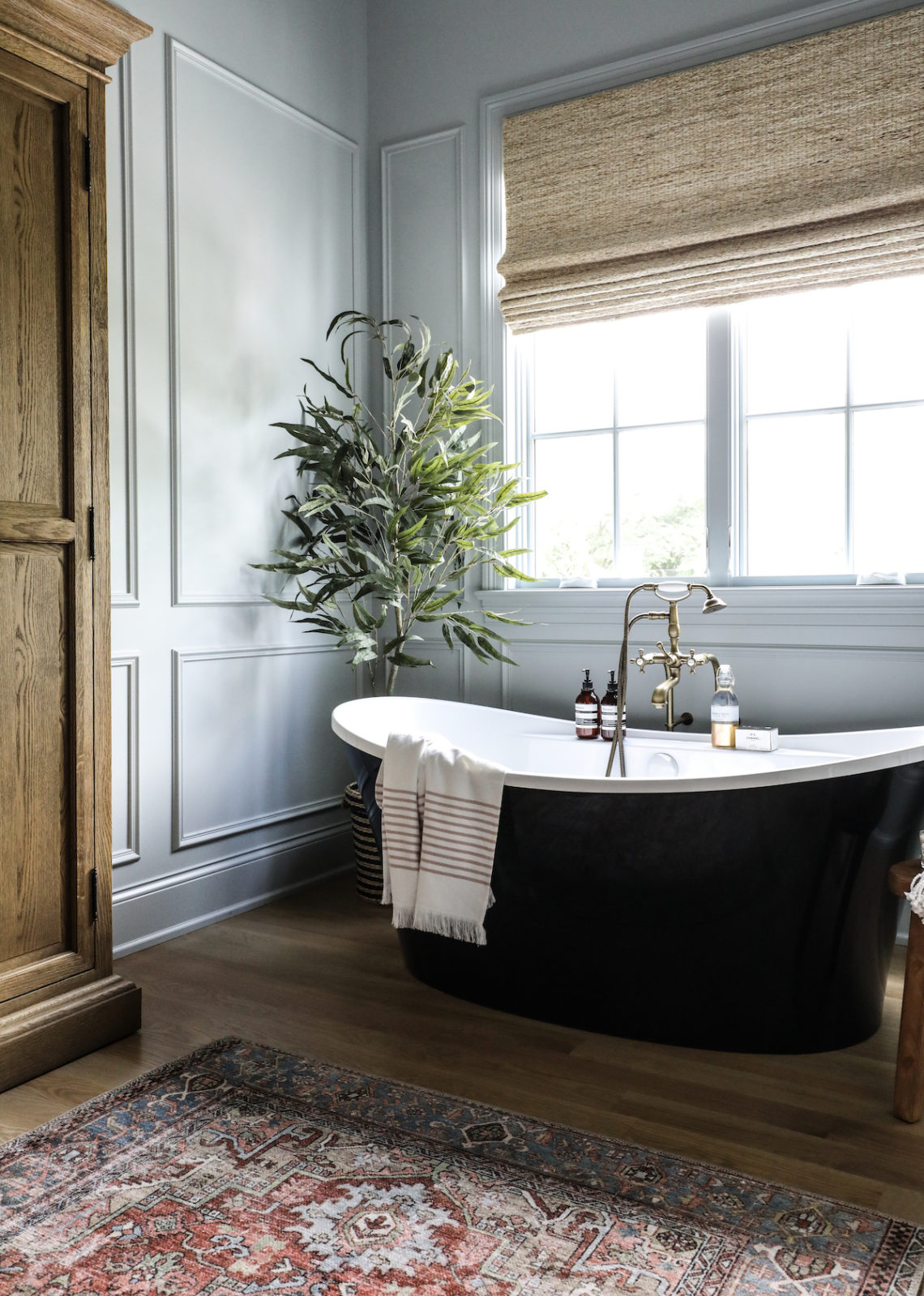
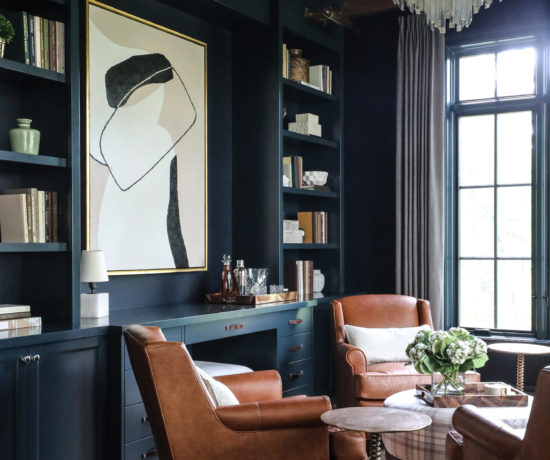
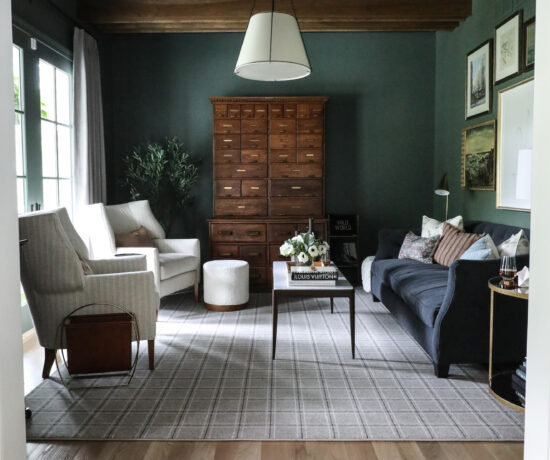
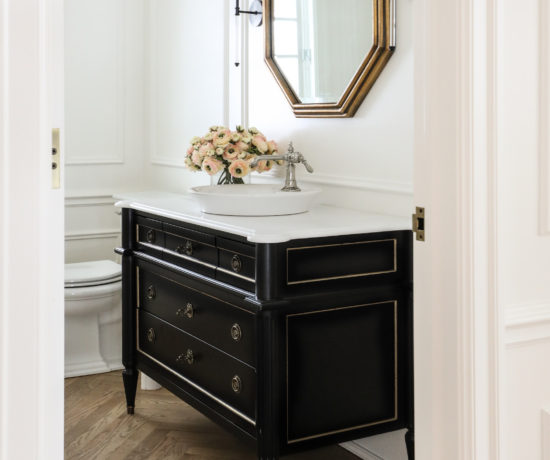
No Comments